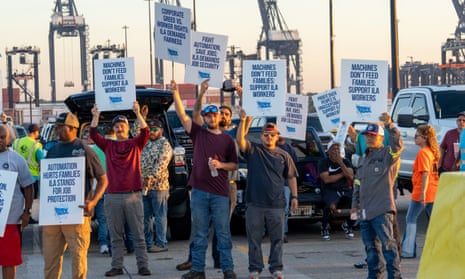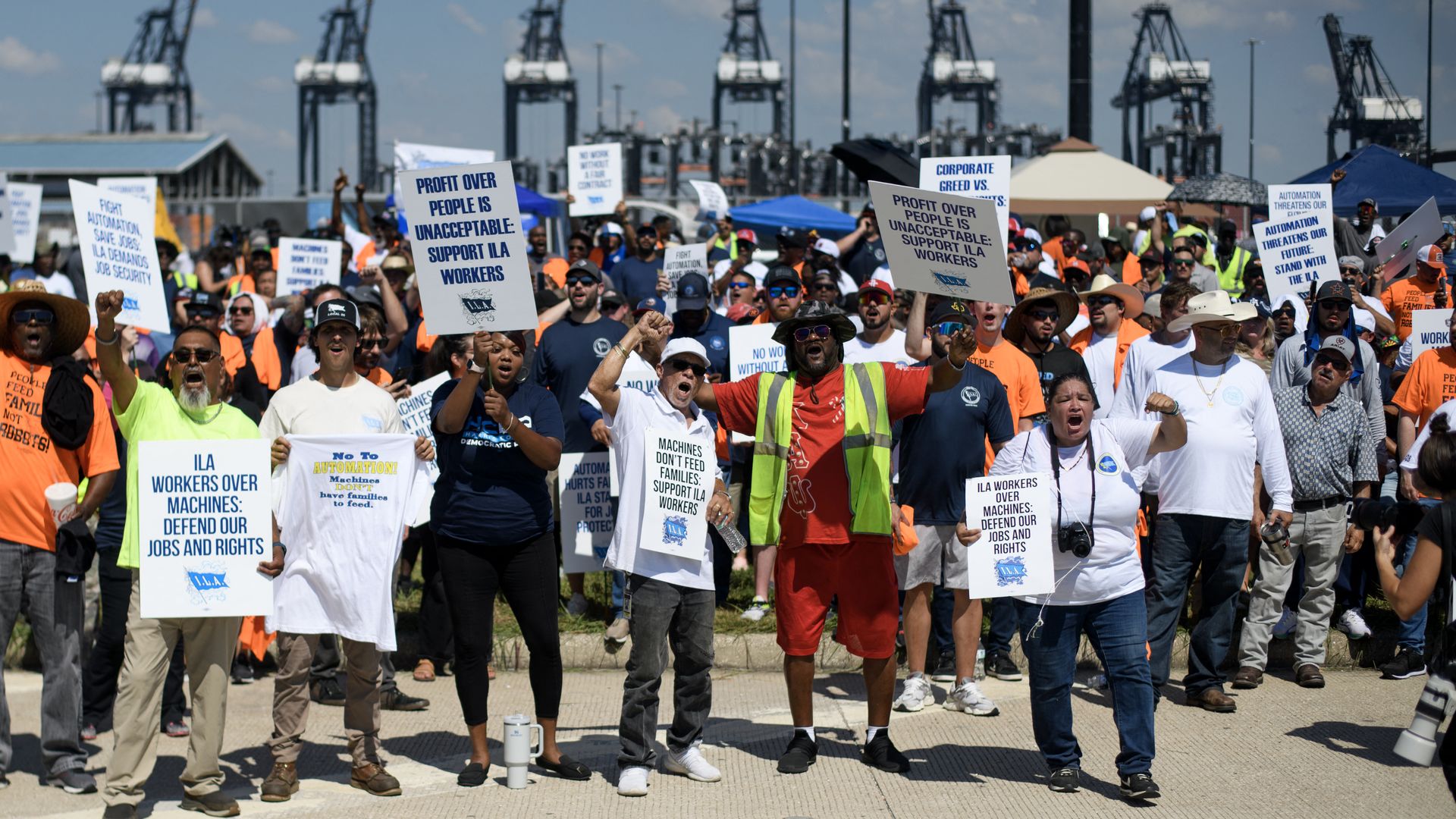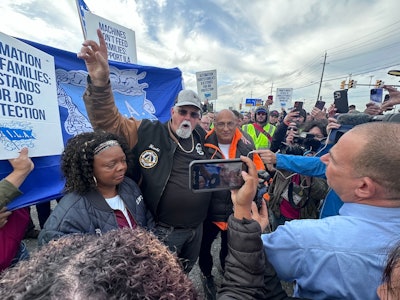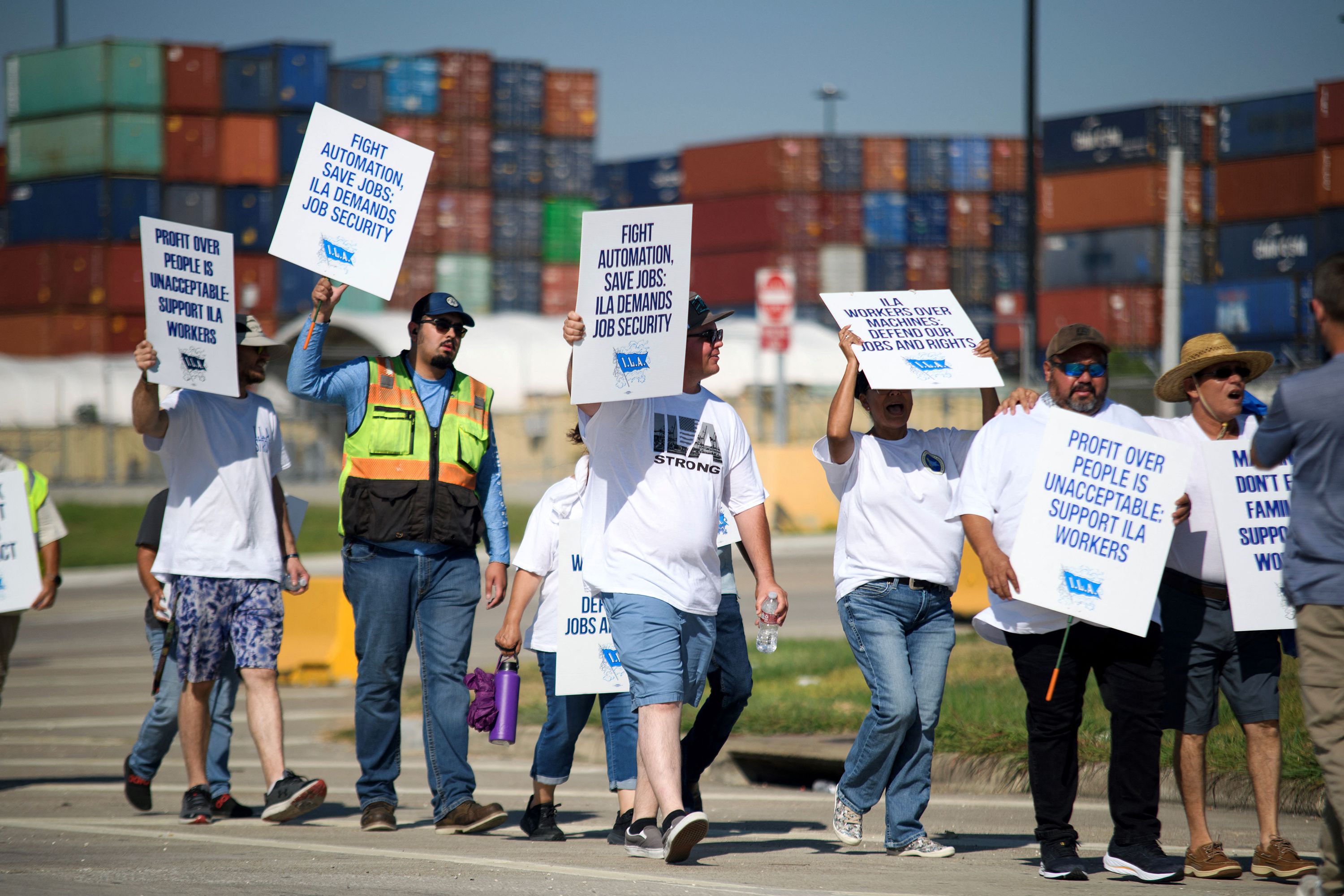The 2024 port strike ends with a tentative wage deal, resolving disruptions at East and Gulf Coast ports. Learn how this agreement impacts wages, supply chains, and the future of U.S. port operations.
Introduction: 2024 Port Strike Ends with Tentative Wage Deal
The 2024 Port Strike reached a turning point as U.S. dockworkers and the United States Maritime Alliance (USMX) agreed on a tentative wage deal, marking the end of a disruptive multi-day strike. This agreement comes after tense negotiations, ensuring improved wages and working conditions for port workers while also restoring operational stability to major ports along the East and Gulf Coasts. The resolution is expected to positively affect the U.S. supply chain, which faced significant challenges due to the halt in port activities, and provides an extended period to finalize a long-term contract.
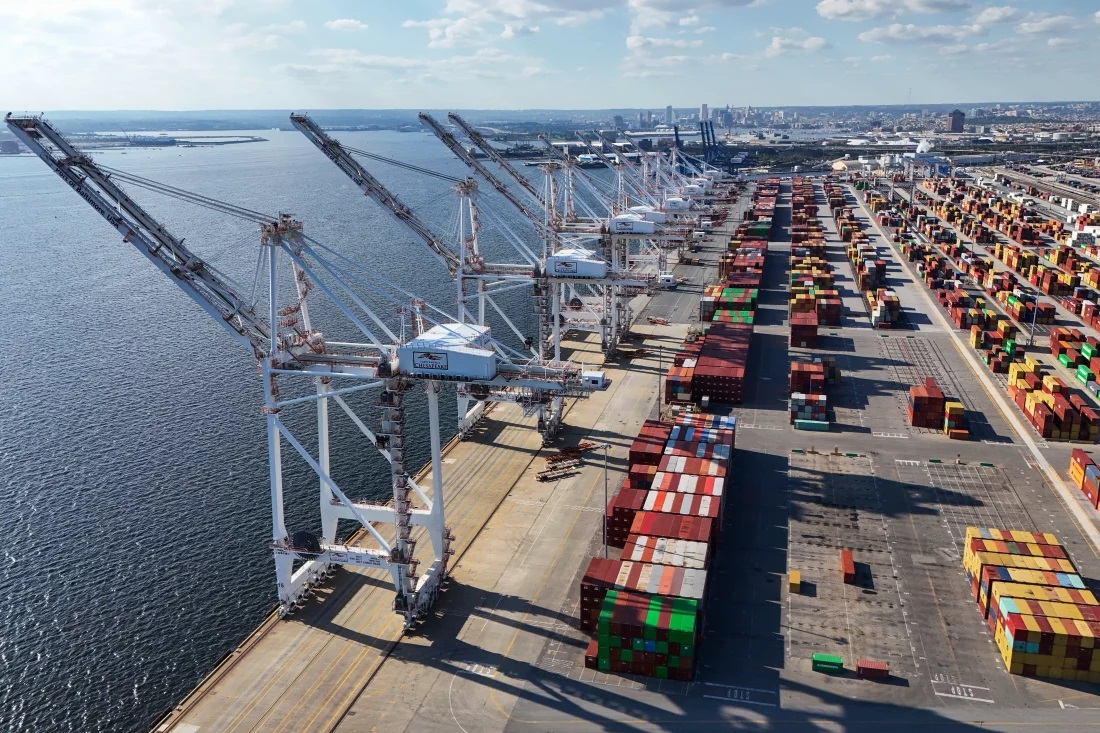
Subheading: The Tentative Wage Deal – A Positive Turn for Port Workers
The new tentative deal increases wages by 61.5% over six years, extending the existing contract until January 15, 2025. Acting Labor Secretary Julie Su played a pivotal role in mediating negotiations, emphasizing that the collective bargaining process succeeded in delivering a fair agreement.
Subheading: How the 2024 Strike Disrupted U.S. Supply Chains
The week-long port strike significantly stressed the U.S. supply chain:
- Container Congestion: Thousands of containers were misplaced, leading to shipment delays.
- Economic Impact: Rising shipping costs and consumer panic-buying were triggered as port operations were temporarily halted.
Everstream Analytics predicts that recovery from this disruption will take up to three weeks, as operations gradually return to normal.
Subheading: Supply Chain Recovery – A Step-by-Step Process
By Friday, October 4th, major U.S. ports resumed normal operations, focusing on reducing the backlog caused by the strike. Ports such as Savannah and Charleston quickly reopened, allowing vessels to dock and unload cargo, helping to relieve the congestion. At the same time, the Port of New York-Newark experienced a brief spike in anchored ships due to the reopening. Despite the delays, port authorities expect that the recovery period will be swift, aiming for a return to normal operations within a week, ensuring minimal long-term disruption to supply chains.
Subheading: The Role of Port Automation in Future Negotiations
Although the wage agreement is a major step forward, the topic of port automation continues to be a significant point of discussion. The International Longshoremen’s Association (ILA) has raised concerns about job security and the potential reduction in workforce caused by automation technologies. Acting Labor Secretary Julie Su has stressed the importance of finding a middle ground—leveraging technological advancements to improve port efficiency while also safeguarding the jobs and livelihoods of workers. The ongoing negotiations aim to achieve a balance that supports both industry growth and fair employment practices.
Conclusion: A Promising Path Forward
The tentative wage deal represents a landmark victory for U.S. port workers, securing fair wages and better working conditions that are expected to improve overall job satisfaction and productivity. This agreement brings much-needed stability to national and global supply chains, easing the flow of goods and restoring normalcy to port operations. It underscores the value of collective bargaining in labor disputes and highlights a collaborative approach to conflict resolution. The contract extension provides a valuable window to address deeper issues, such as port automation, ensuring that both technological progress and workforce welfare are balanced effectively. This thoughtful and strategic resolution offers a hopeful path toward sustainable labor practices and efficient port operations for years to come.
You can read more articles by visiting our news here.

